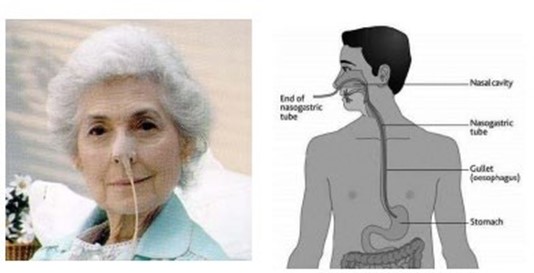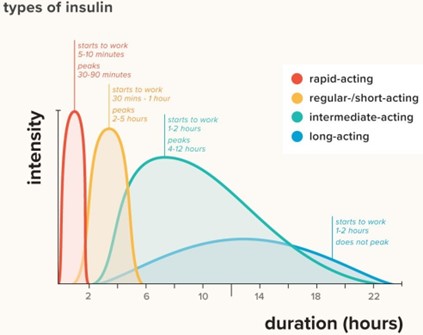Which information will the nurse include when teaching the patient with a urinary tract infection (UTI) about the use of phenazopyridine?
Take phenazopyridine for at least 7 days.
Phenazopyridine may change the urine color.
Take phenazopyridine before sexual intercourse.
Phenazopyridine may cause photosensitivity.
The Correct Answer is B
The nurse should explain to the patient that phenazopyridine is a medication that can help relieve the pain, burning, and urgency associated with UTIs. However, it does not treat the underlying infection. The nurse should also instruct the patient to take the medication as prescribed by the healthcare provider and inform them that the medication may turn their urine an orange or red color, which is a harmless and expected side effect.
The nurse should also inform the patient that taking phenazopyridine before sexual intercourse is not recommended and that the medication should be taken as directed by the healthcare provider.
Nursing Test Bank
Naxlex Comprehensive Predictor Exams
Related Questions
Correct Answer is D
Explanation
The nurse should quickly assess the patient's vital signs to check for signs of shock and instability. If the vital signs are unstable, the nurse should initiate appropriate interventions to stabilize the patient, such as administering oxygen, starting IV fluids, and providing continuous cardiac monitoring. Based on the sudden onset of severe upper abdominal pain, diaphoresis, and a firm abdomen, the nurse should suspect a possible perforation or bleeding related to the peptic ulcer. This is a medical emergency that requires immediate intervention. Therefore, the nurse should prioritize notifying the healthcare provider and preparing the patient for urgent medical evaluation.
Option A, irrigating the NG tube, is not appropriate in this situation and may further exacerbate the patient's condition if the ulcer has perforated.
Option B, elevating the foot of the bed, is also not appropriate as it does not address the patient's current symptoms.
Option C, giving the ordered antacid, may not be effective in addressing the severity of the patient's symptoms and should be postponed until the healthcare provider has evaluated the patient.

Correct Answer is C
Explanation
The nurse will discuss using rapid-acting insulin such as Lispro (Humalog) for mealtime coverage in a patient with diabetes who is starting insulin therapy. Rapid-acting insulin begins to work quickly after injection, usually within 15 minutes, and peaks at around 1 hour. This makes it an effective choice for covering the rise in blood sugar that occurs after meals.
Options A, B, and D are all long-acting insulins that are used to provide a basal level of insulin coverage throughout the day but are not appropriate for mealtime coverage.

Whether you are a student looking to ace your exams or a practicing nurse seeking to enhance your expertise , our nursing education contents will empower you with the confidence and competence to make a difference in the lives of patients and become a respected leader in the healthcare field.
Visit Naxlex, invest in your future and unlock endless possibilities with our unparalleled nursing education contents today
Report Wrong Answer on the Current Question
Do you disagree with the answer? If yes, what is your expected answer? Explain.
Kindly be descriptive with the issue you are facing.
